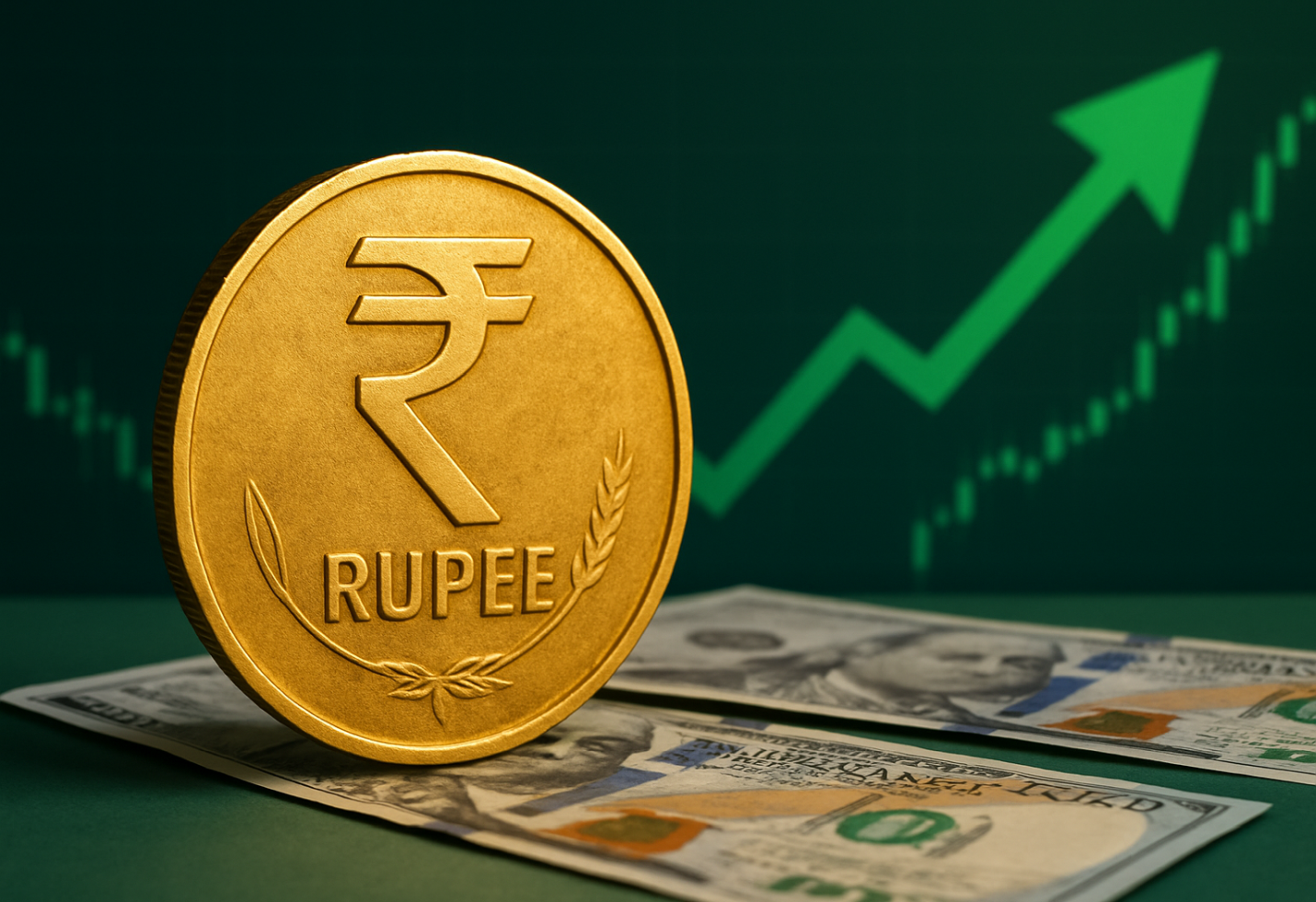ONGC Shares Surge as Brent Crude Prices Rise Sharply Amid Middle East Tensions*
Oil and Natural Gas Corporation (ONGC) shares experienced a notable increase recently, climbing over 3% as Brent crude oil prices witnessed a significant surge of more than 12%. The rise in crude prices was largely driven by heightened tensions in the Middle East, which raised fears of potential disruptions in oil supply. This development has once again highlighted the strong relationship between global geopolitical events and the stock prices of upstream oil companies like ONGC.
Impact of Geopolitical Unrest on Oil Prices
The sudden increase in crude prices was primarily triggered by escalating military actions in the Middle East. Reports indicated that Israeli forces conducted airstrikes on Iranian targets, further intensifying an already unstable regional situation. This raised immediate concerns about the security of the Strait of Hormuz, a vital route for global oil shipments. Investors around the world reacted to the possibility of supply chain disruptions, leading to a rapid increase in oil prices.
Brent crude prices, which had been relatively stable in the range of \$75 to \$78 per barrel, quickly spiked as the geopolitical risk premium increased. Markets swiftly adjusted to these developments, with crude oil experiencing one of its sharpest short-term gains in recent months.
Positive Momentum for ONGC
ONGC, as a major upstream oil company, directly benefits from higher crude prices. The company’s revenues are closely tied to global oil price trends, and any significant increase in crude prices typically leads to improved financial performance. This explains the strong buying interest in ONGC shares following the surge in Brent crude.
Higher crude prices translate into better price realization per barrel of oil produced, which can significantly boost ONGC’s margins. Additionally, the company’s scale and extensive exploration and production capabilities position it well to capitalize on favorable market conditions.
Downstream Sectors Face Pressure
While upstream companies like ONGC gain from rising oil prices, the situation creates challenges for downstream sectors. Companies involved in refining, distribution, and heavy oil consumption such as Bharat Petroleum Corporation Limited (BPCL), Hindustan Petroleum Corporation Limited (HPCL), and Indian Oil Corporation (IOC) often experience margin pressures during periods of crude price escalation.
This is because their input costs rise significantly with increasing crude prices, and they may not always be able to pass these costs fully to consumers due to pricing controls or competitive dynamics. Similarly, industries heavily dependent on crude oil derivatives, such as aviation, tyre manufacturing, and paints, also face the risk of shrinking margins as their raw material costs surge.
Broader Market Reactions
Indian equity markets reflected the shock of rising crude oil prices, with sector-specific movements becoming increasingly evident. While ONGC and other oil producers saw gains, broader equity indices faced declines due to concerns about rising inflation and potential strain on corporate earnings in oil-dependent sectors. Increased energy costs could eventually weigh on consumer spending and economic growth if the high prices persist.
Global markets also responded with caution. U.S. indices fell as investors moved towards safer assets like gold and government bonds, reflecting heightened risk aversion amid geopolitical uncertainty.
Outlook for ONGC and the Energy Sector
Analysts believe ONGC is well-positioned to benefit from the current trend of rising crude prices, especially in the near term. The company’s ability to maintain steady production while leveraging higher market prices could lead to strong quarterly earnings. However, experts also warn that prolonged periods of high oil prices could have wider economic implications, potentially leading to reduced demand and slower growth.
Market participants are likely to continue closely monitoring the Middle East situation. If tensions escalate further, crude prices may remain elevated, supporting upstream companies. Conversely, any de-escalation could result in a quick correction in oil prices, which would impact ONGC’s stock momentum.
Conclusion
ONGC has emerged as a key beneficiary of the recent surge in global oil prices driven by geopolitical events in the Middle East. The company’s stock has gained positive traction as investors anticipate improved profitability from higher crude realizations. However, the broader market is balancing this optimism with caution, particularly due to concerns about inflation and cost pressures on downstream sectors.
The situation remains dynamic, and ONGC’s performance will likely remain sensitive to further developments in the geopolitical landscape and fluctuations in crude prices.
:
The image added is for representation purposes only










